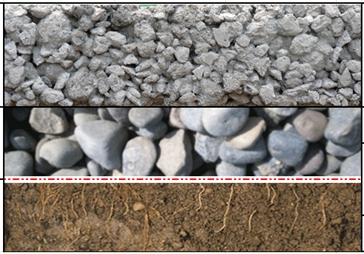Pervious Concrete: Mix Design, Properties and Applications
DOI:
https://doi.org/10.21809/rilemtechlett.2016.24Keywords:
Pervious concrete, Mechnical Properties, Permeability, DurabilityAbstract
Current climatic changes are occurring due to various human and industrial activities. In particular, the effects of urbanisation and growing threat of global warming have likely caused increasing precipitation in many geographic regions. For many years, portland cement pervious concrete (PCPC) has been making an important contribution, as a sustainable urban drainage system (SUDS), on improving environmental conditions. This type of porous concrete can help minimizing flooding risks, recharging ground water, reducing run off and peak flows, alleviating the precipitation load on overstressed drainage systems and improving water quality by capturing pollutants. The benefits of using PCPC in order to attenuate stormwater problems are quite essential mainly in urban areas where most surfaces typically consist of relatively impervious concrete or asphalt pavements, causing elevated levels of surface runoff. In addition, PCPC can reduce the absorption of solar radiation and urban heat storage potential which can lead to temperate urban conditions, and thus protecting the environment and health and safety of living things. However, PCPC requires regular maintenance to prevent any clogging of the pores by sediments and vegetation. This article provides an overview on pervious concrete mix design, key properties, durability and applications. Also, it touches on practical and scientific challenges of PCPC.
Downloads
Published
How to Cite
Issue
Section
License
Authors retain copyright of the articles published in RILEM Technical Letters and grant the journal the right of first publication with open access. The work is simultaneously licensed under Creative Commons Attribution 4.0 International License (CC BY 4.0) that allows others to share and adapt the work under the following terms: 1) a proper attribution is given in a form of bibliographic record with the DOI link directing to RILEM Technical Letters; 2) a link to the license is provided; 3) the changes (if any) are indicated.









